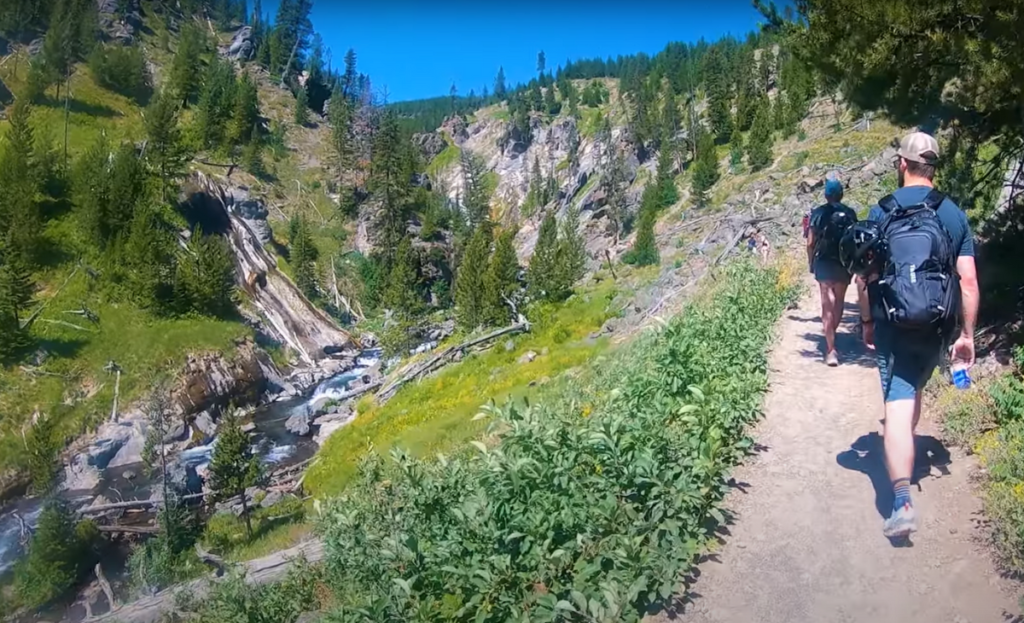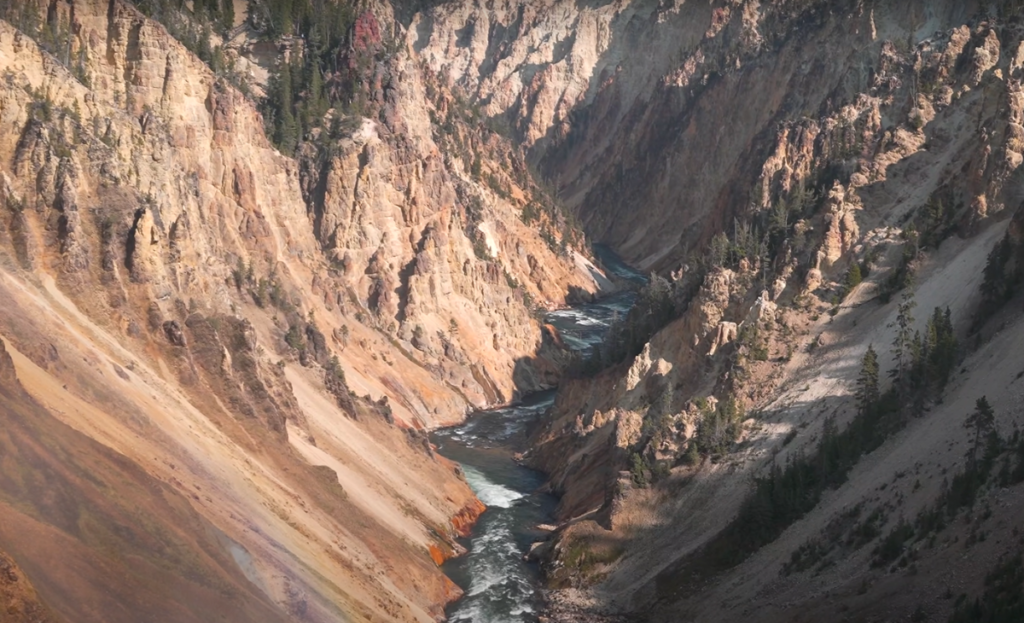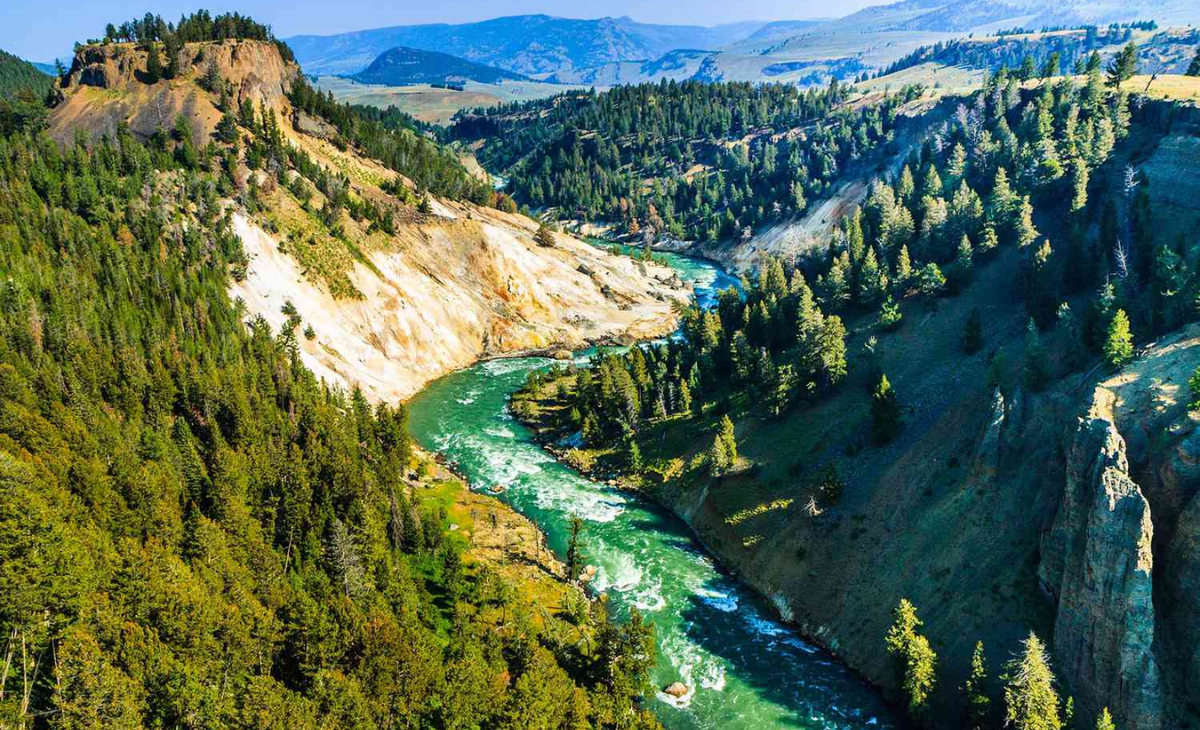Yellowstone National Park, spanning Wyoming, Montana, and Idaho, is a crown jewel of the United States’ natural treasures. With its geothermal wonders, diverse wildlife, and breathtaking landscapes, it’s a destination that attracts millions of visitors each year. However, deciding the best time to visit can greatly enhance your experience. Each season in Yellowstone offers unique advantages, and understanding what each has to offer can help you plan the perfect trip.
Yellowstone National Park
Spring (April to June)
Why Visit in Spring?
- Wildlife Viewing: Spring is an excellent time for wildlife enthusiasts. As the snow melts, animals like bears, bison, and elk emerge with their young. It’s common to see them near the roads and in the meadows.
- Fewer Crowds: Compared to the peak summer months, spring sees fewer visitors. This means you can enjoy the park’s beauty without the hustle and bustle.
- Blooming Flora: The park’s flora comes to life with wildflowers starting to bloom, adding a vibrant splash of color to the landscape.
Things to Consider:
- Variable Weather: Spring weather in Yellowstone can be unpredictable. You may encounter snow, rain, or sunshine all in one day. Be prepared with layers and waterproof gear.
- Limited Accessibility: Some roads and trails might still be closed due to snow, particularly in early spring.
Summer (July to August)

Why Visit in Summer?
- Full Accessibility: All park facilities, roads, and trails are typically open, allowing you to explore the entire park.
- Warm Weather: With average temperatures ranging from 70-80°F (21-27°C), summer offers the most comfortable weather for hiking, camping, and sightseeing.
- Ranger Programs: Summer is the peak season for educational ranger programs, guided tours, and family activities.
Things to Consider:
- Crowds: Summer is the most popular time to visit Yellowstone. Expect crowded trails, full campgrounds, and busy parking lots. Early mornings and late afternoons are the best times to avoid the throngs.
- Wildfire Season: Late summer can bring the risk of wildfires, which may affect air quality and visibility.
Read More:- Best time to visit Glacier National Park to Avoid Crowds
Fall (September to November)

Why Visit in Fall?
- Stunning Foliage: Fall transforms Yellowstone into a canvas of golds, reds, and oranges, making it a picturesque time for photography and sightseeing.
- Wildlife Activity: Animals are particularly active in the fall as they prepare for winter. It’s also the elk rutting season, and you can witness their dramatic mating displays.
- Milder Crowds: While more popular than spring, fall sees fewer visitors than summer, making it a pleasant time to explore.
Things to Consider:
- Cooling Temperatures: Fall weather can be chilly, especially in the mornings and evenings. Be prepared for colder temperatures and potential early snowfall.
- Limited Services: Some park facilities and services begin to close for the season, particularly after Labor Day.
Winter (December to March)
Why Visit in Winter?
- Serene Beauty: Winter blankets Yellowstone in snow, creating a peaceful and pristine environment. The park’s geothermal features, like geysers and hot springs, are particularly striking against the snowy backdrop.
- Unique Activities: Winter offers unique recreational opportunities such as cross-country skiing, snowshoeing, and snowmobiling. Guided snowcoach tours are also available for a comfortable way to see the winter landscapes.
- Wildlife Viewing: Winter is an excellent time to see wolves, bison, and other wildlife that are easier to spot against the snow.
Things to Consider:
- Severe Weather: Winter weather can be harsh with temperatures often dropping below freezing. Snowstorms can impact travel plans and accessibility.
- Limited Access: Most park roads are closed to regular vehicles. Access is primarily through guided tours, snowcoaches, or snowmobiles.
Read More:- Grand Canyon National Park, Reviews, Location, Photos
Conclusion
Choosing the best time to visit Yellowstone National Park depends on your interests and priorities. Spring offers blooming flora and abundant wildlife, summer provides full access and warm weather, fall boasts stunning foliage and active wildlife, and winter offers serene beauty and unique activities. No matter when you choose to visit, Yellowstone promises an unforgettable experience. Plan ahead, prepare for the conditions, and immerse yourself in the natural wonders of this iconic park.
